Irish Exit
– Betsy Ross
Those of you who have visited Ireland know that it’s hard to take in all the sights around the Emerald Isle in just a few days. While the Cliffs of Moher, Donegal and yes, Blarney Castle are popular stops, this review concentrates on the city of Dublin. Yes, it can be experienced in a long weekend, but planning your stops ahead of time is the key—especially if it’s a busy tourist weekend, as it was when we visited for the Notre Dame-Navy football game.
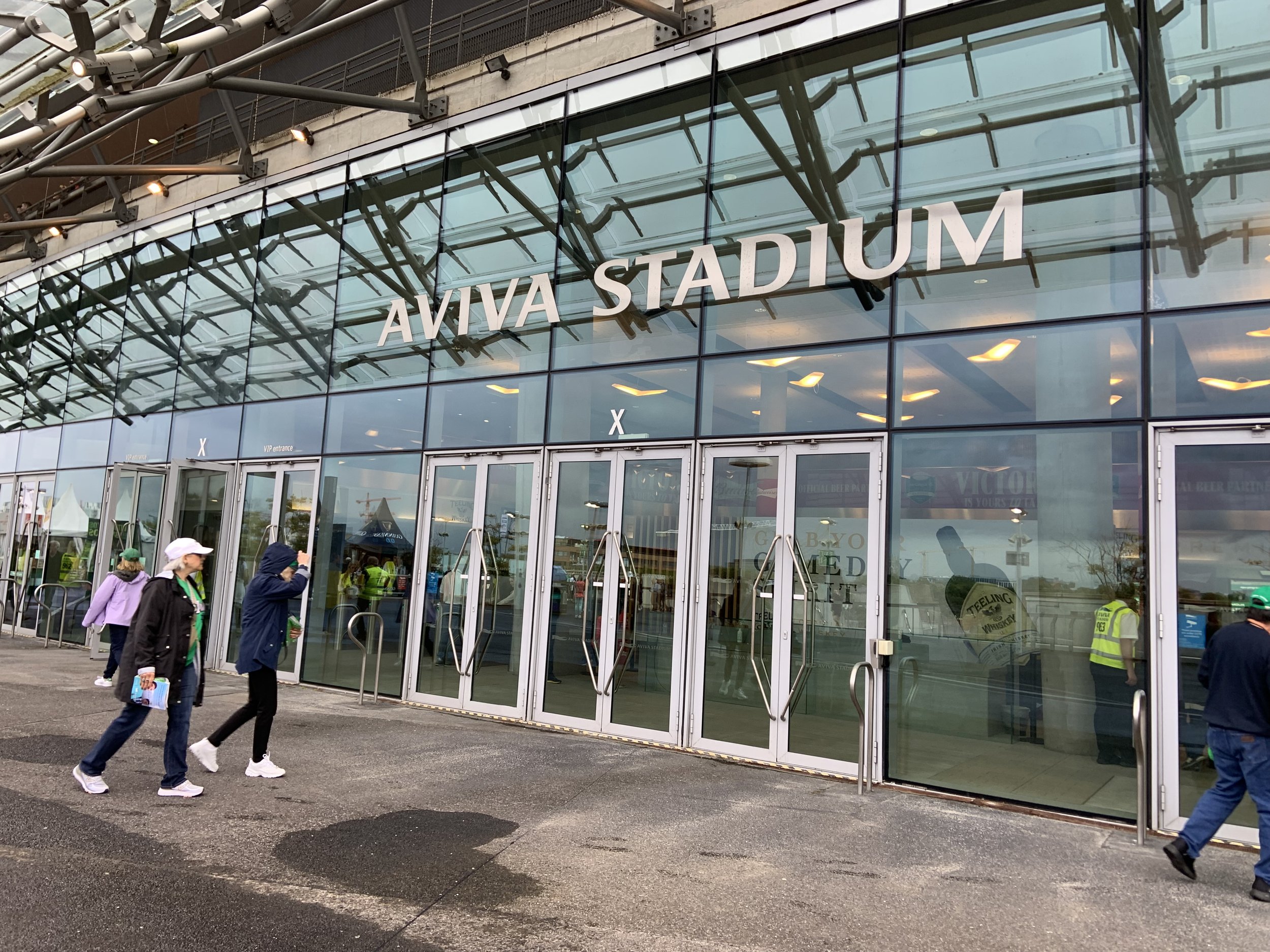
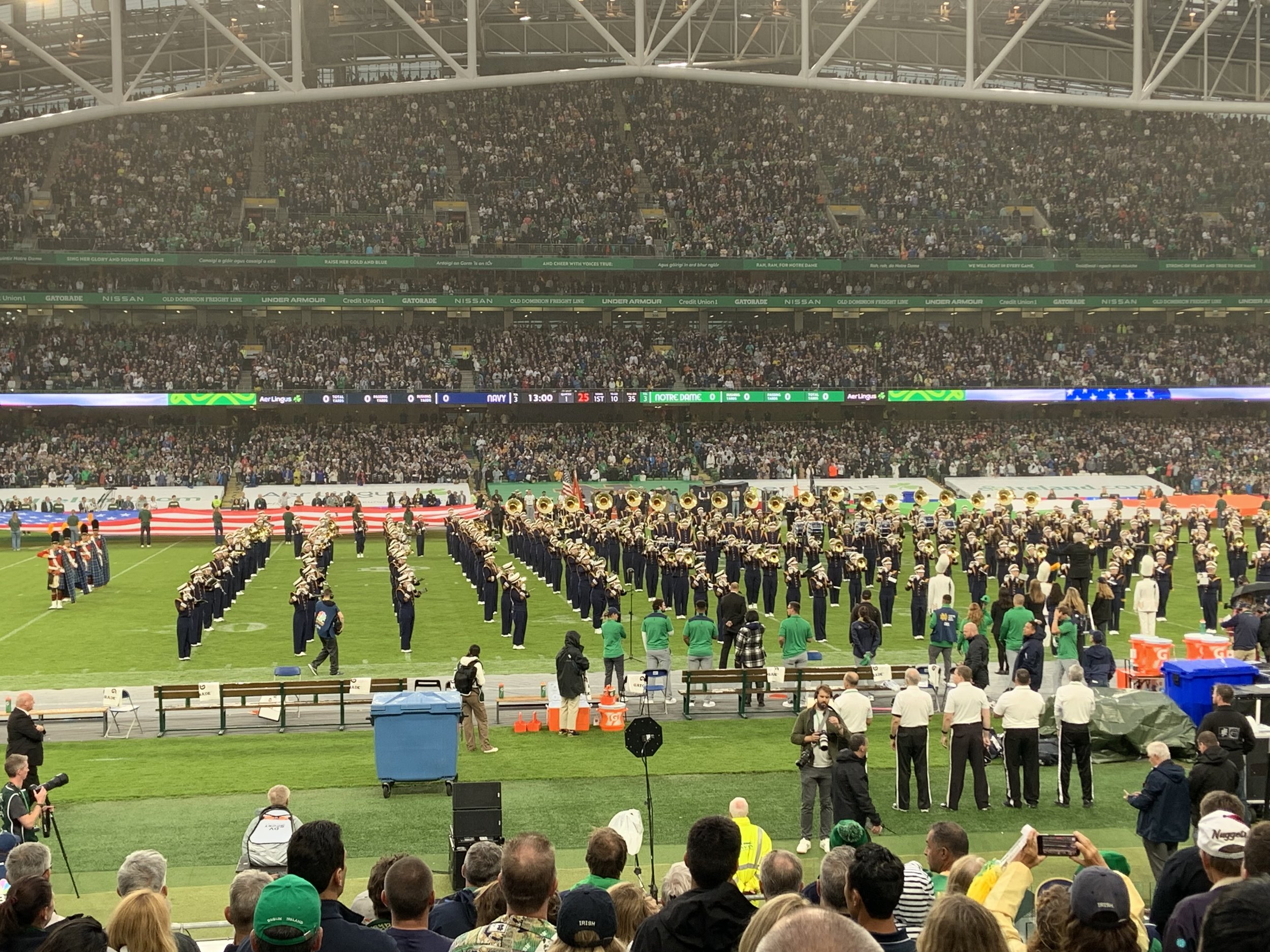
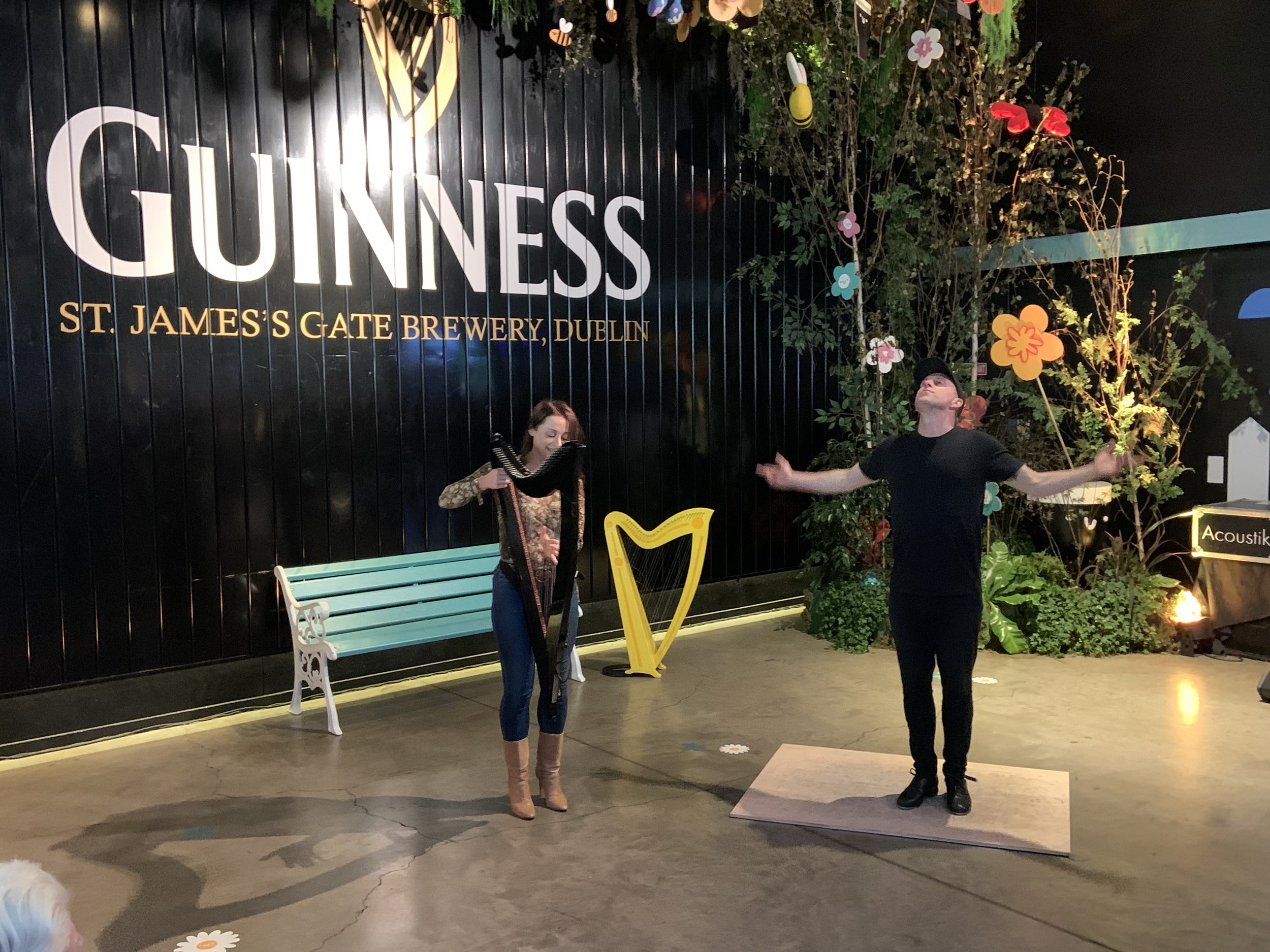

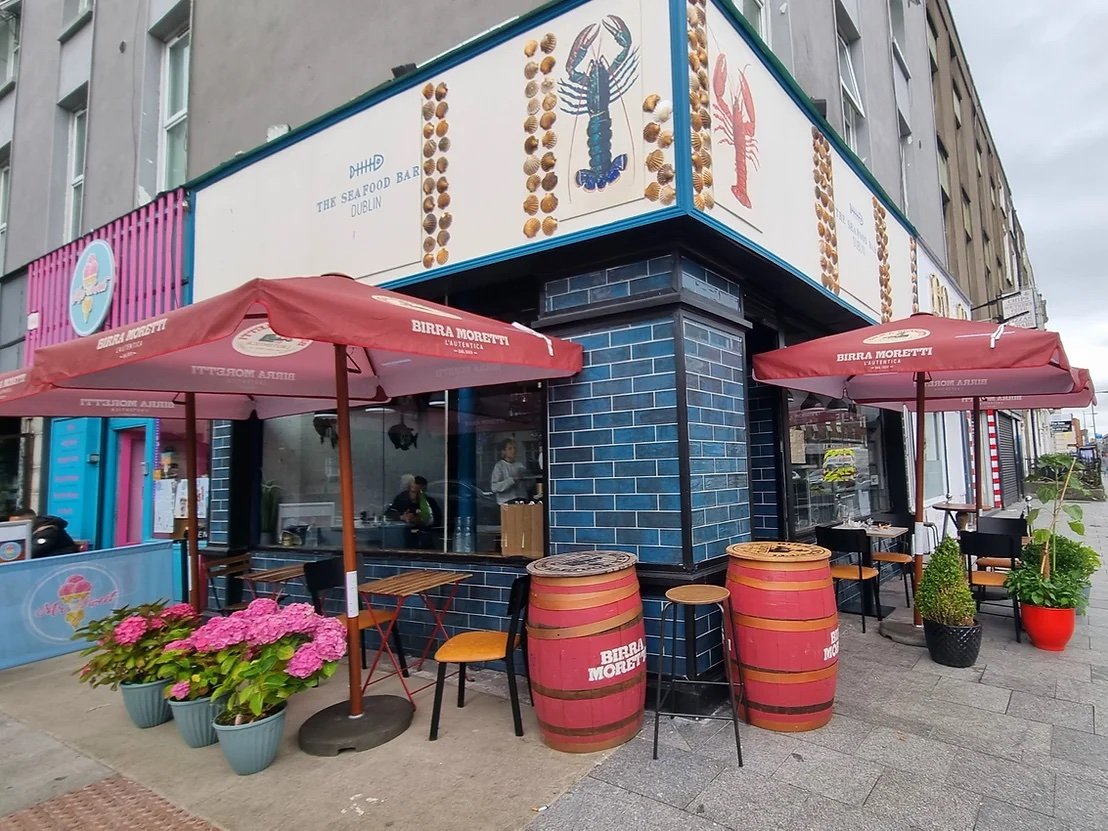
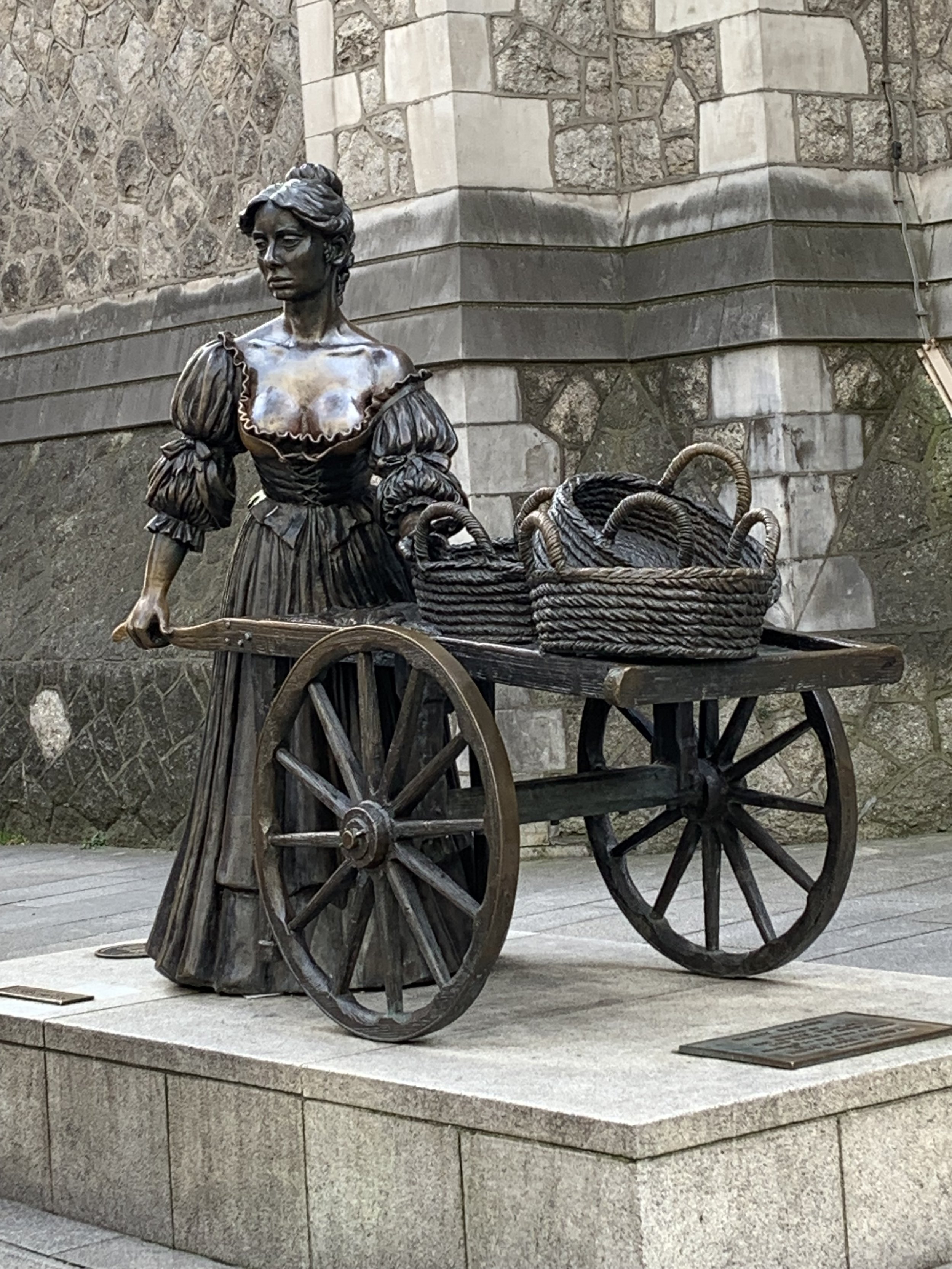

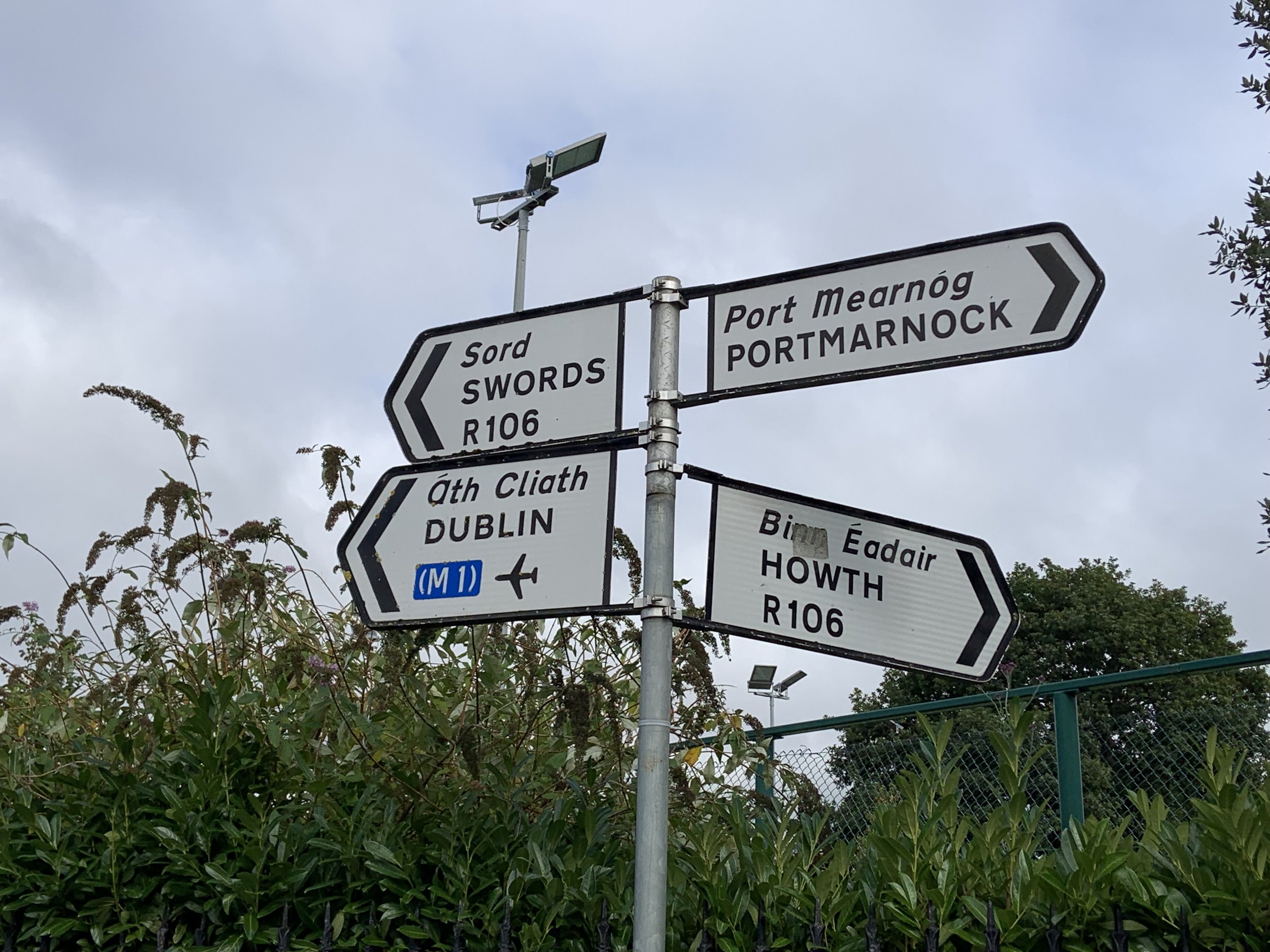

First, props to the city of Dublin for its preparations before the game. Several of the tour guides mentioned that the city always adds extra buses, extra trolly cars and extra train cars whenever a special event is scheduled for the city. Locals were as friendly and gracious as could be, and made the trip extra enjoyable. The hospitality industry there knows how to greet guests, and did a wonderful job.
Now, to the city of Dublin itself. Sometimes you have to sit back and remember that the world is a lot older than America—centuries older, to be exact. Dublin can date itself back to the 9th century when the Vikings had a settlement known as Dyflin, from which the name Dublin is derived (according to Fords and Black Pools-History of Dublin-Dublin History and Heritage). Indeed, the history of the city is everywhere, from its castles to cobblestones to ancient buildings and bridges.
If you have a long weekend and want to see as much as you can, do the tourist thing and dive into public transportation. Leap Visitor cards are a great way to use the train, trolly or bus at a discount price. You can choose from several options: 1 day (24 hours) – €8.00. 3 days (72 hours) – €16.00. 7 days (168 hours) – €32.00. It’s worth every penny, and makes it to easy to navigate traffic. Learn more and buy your Leap card on line here.
Also, invest in a sightseeing bus card. There are several options, including Big Bus Dublin and DoDublin, which is the one we used. A 48-hour bus tour ticket is €35.00 for adults and children under 15 travel free with each adult. Our bus allowed us to get to areas like Trinity College and Guinness for minimal cost, and we could catch the next bus with only a short wait. You can find DoDublin info and purchase information here.
One thing you’ll notice right away—street signs are in English and in Gaelic, as well as verbal notifications on buses and trains. Directions are still very clear and it shouldn’t cause any confusion. It’s more quaint than confusing.
Some quick stops you should plan on making: The aforementioned Trinity College is the oldest university in Ireland, founded in 1592. It is home to the 9th century manuscript, the Book of Kells, containing a handwritten copy of the four gospels of the New Testament. Also on campus is the Brian Boru Harp, Ireland’s old surviving harp. Especially on busy weekends, reservations and tickets in advance are a must to take the Trinity College tours. You can book your tickets here. As an extra bonus, across the street is a line of quaint shops (not all of them touristy) where you can shop for gifts and for yourself. After all, what’s a trip to Ireland without a sweater?
Another stop on the bus tour is the Guinness Storehouse, where Guinness is brewed and shipped around the world. The Storehouse is a tourist attraction all to itself, with seven floors of things to see and do, including a bar area on the roof that offers 360° panoramic views of all of Dublin. You can have a bite to eat on the restaurant level, take the tour, learn how to pour like an expert at the Guinness Academy, get a “stoutie” of your face on the top of a Guinness, and more. Again, on busy weekends, reservations are required and can be purchased (and upgraded) on line:
If another type of brown liquid is your preference, the Jameson Distillery on Bow Street offers tours, tastings and more. Not quite as extensive as the Guinness facility, the Jameson Distillery nevertheless is an education in the art of Irish whiskey with classes on cocktail making and whiskey blending. In addition, special edition bottles are offered for sale here that are not available anywhere else. You can purchase tickets here:
While you’re wandering downtown, the Temple Bar is a must-do. It’s not a singular bar, but a riverside neighborhood with a number of restaurants and traditional pubs. Just south is Dame Street, with shops and watering holes. Barnados Square in front of Dublin Castle is along this street, and it’s a short five minute walk to Grafton Street, with more shopping.
Restaurant fare can be fish and chips or fancier, but the best place by far we found was just off Dame Street at a tiny corner establishment called The Seafood Bar. Limited seating inside and out, but it is worth it to sample the freshest seafood we found in Dublin. Reasonably priced, service outstanding, it’s worth stopping by after an afternoon of shopping. Information and a review are here:
As long as you’re wandering, Suffolk Street is close to Grafton Street and features the statue of Molly Malone (which originally was on Grafton before it was moved, repaired and reinstalled). Molly (by the way, no evidence that she was a real person) was revered in the song, “Cockles and Mussels,” as a young fishmonger with her cart of seafood. Lore has it that she died at a young age of the “fever” but her ghost still walks the streets with her cart. It’s said to be good luck to rub the statue, which would explain her shiny bosom…
Of course, we were there for the American football game between Notre Dame and Navy, held at the 13-year-old Aviva Stadium, the site of soccer, rugby, concerts and more. And, oh yes, Taylor Swift, on June 28th and 29th. The stadium holds 51,000 for American football, about 40,000 of which were Notre Dame fans. Great venue, terrific sight lines and the hospitality staff could not have been more gracious. A train stop literally just outside the gates made getting there and getting back simple. One thing I noticed—we did not have to pass through metal detectors to get in. Is there detection system so sophisticated that they can screen without those obtrusive metal gateways? Perhaps so.
A quick in-quick out tour of Dublin was certainly worth the jet lag, but most the fans we talked to make it a week-or longer-journey. To see the countryside, you’ll need more time, but to experience Dublin city, a weekend was a great sample of everything the city and country have to offer.

